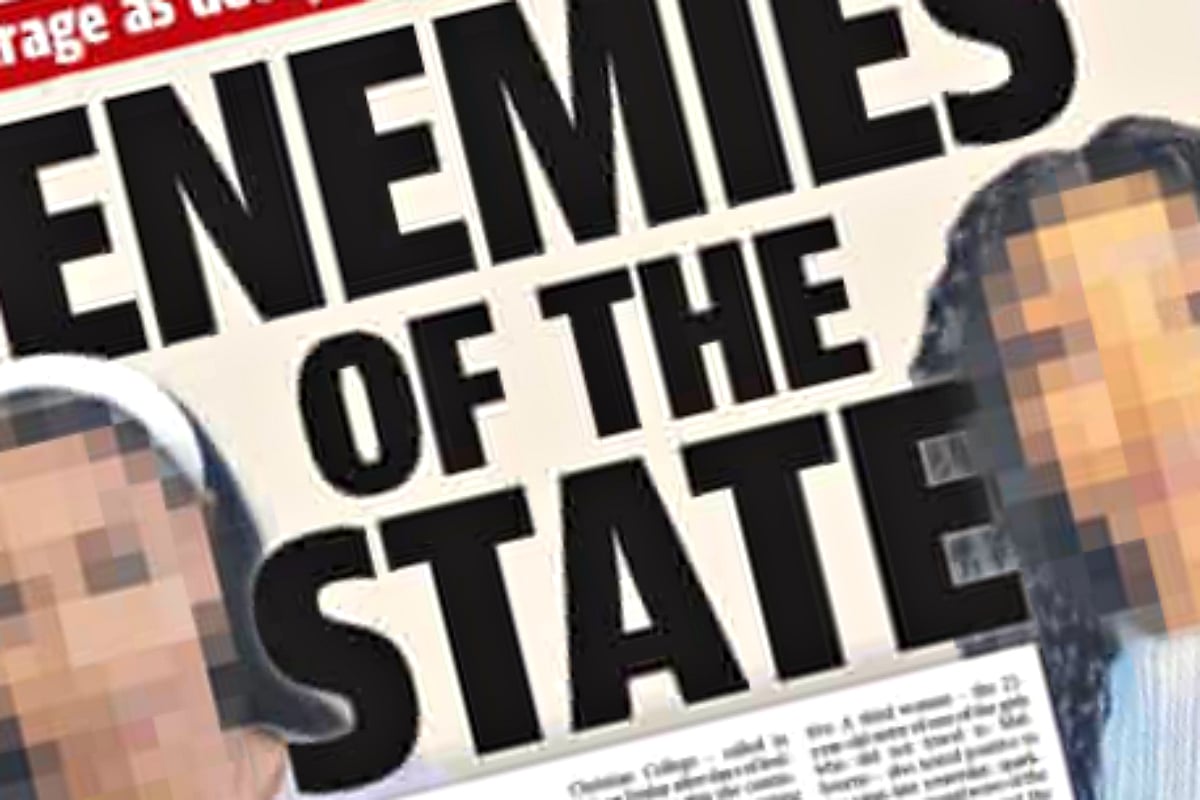
The faces and names of two Queensland women have been plastered across newspapers and social media this week.
"Enemies of the state," one Queensland newspaper declared them in bold type. "Dumb and dumber," hollered a Victorian stablemate.
The 21-year-olds were yesterday charged with fraud and deliberately providing false or misleading documents under the Public Health Act.
Queensland Police will allege the pair deliberately tried to avoid quarantine upon returning from a trip to Melbourne by giving incorrect information on their border declarations.
They are now both in isolation in a Brisbane hospital, having reportedly tested positive for COVID-19. That's after they spent several days moving freely around the community, working and socialising.
These women, these so-called "enemies", have not been named by police. That was the media's move.
That decision has unleashed a torrent of online vigilantism, as commenters weigh in with their ideas of appropriate justice and declarations about what they 'deserve'. This discussion has included commentary on everything from their appearance, to assumptions about their places of birth presumably prompted by the colour of their skin.

Top Comments